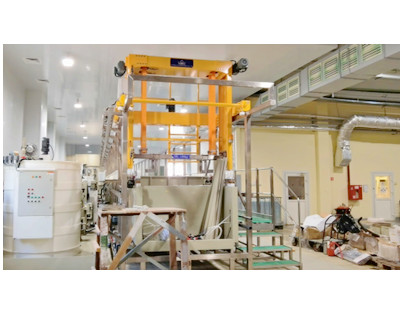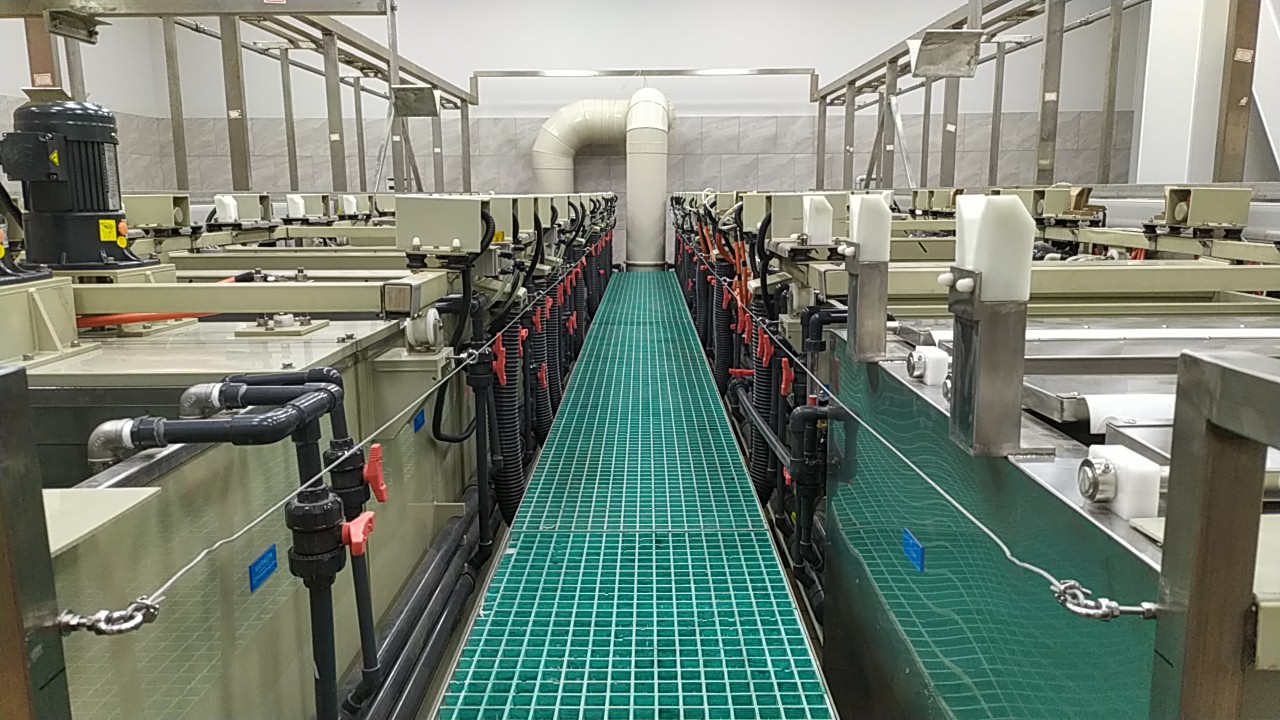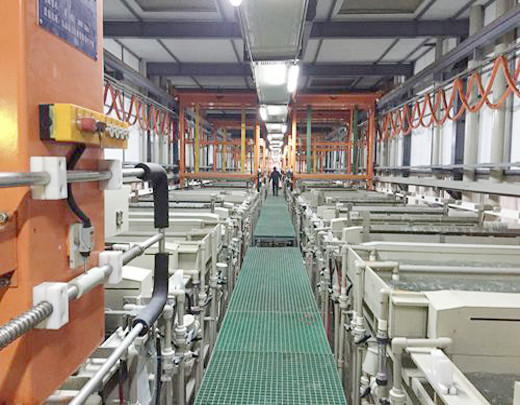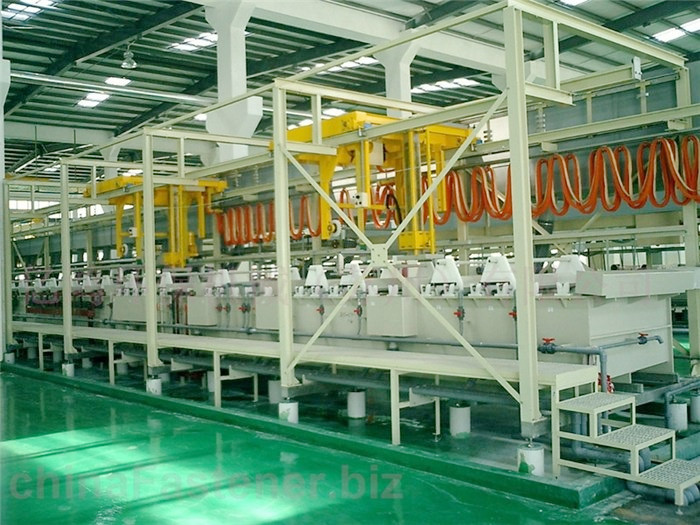Condition description:
1. At present, the gold bath is often seriously polluted by nickel. The thick gold bath is changed into (gold-nickel-cobalt) alloy plating, and the thin gold bath is changed into (nickel-gold) alloy plating. The color of gold plating at high current is white, and the color of gold plating at low current is black and dark. Although the cure should be to improve the problem of nickel solution (blowing), and strengthen the washing ability, the production of thin gold is fast. After long-term use, it will face the problem of nickel pollution sooner or later
2.When plating thick gold, it is also necessary to consider the color problem. Therefore, the addition of special chelating agent in the chemicalwater, that is, when using a lower PH value, will greatly reduce the precipitation rate of gold. When encountering serious nickel pollution, it is also reluctant to replace the chemicalwater
3.The ugly gold coating not only affects the goodwill, but also increases the cost of FLASH (because the color is light, thick gold is often used to compensate.
Skills:
1.At the same time, set thick gold bath (possibly several)+thin gold bath (one). The thick gold bath uses gold-cobalt solution with high plating rate (regardless of color, PH value is about 4.8~5.0), and the thin gold bath uses the solution with the most yellow color (such as pure gold or gold-cobalt solution with PH value of about 4.0)
2.When plating thick gold, the terminal is first plated in the thick gold tank (with thick film), and then covered with a thin layer of gold (with color). In this way, the purpose of fast production and yellow color can be achieved. At the same time, nickel pollution is only in the thick gold tank (due to the high content of gold in the thick gold tank, the relative tolerance of nickel pollution is also high)
3.When plating thin gold, the terminal should first pass through the thick gold bath solution (no electricity, only bubble the position to be plated), and then plating thin gold (attack color), which can extend the service life of the thin gold bath (Note: it is not applicable when the production rate is too slow, about 10 meters/minute or less. I’m afraid that too high gold concentration will cause gold reduction and peeling)
4.As a result of the above practices, although the thick gold bath will cause nickel pollution (also before improvement and adjustment), because the gold content of the thick gold bath is far greater than that of the thin gold bath, it can also withstand nickel pollution. In addition, with gold electroplating, nickel will also be removed.







 Mar. 02, 2022
Mar. 02, 2022 





